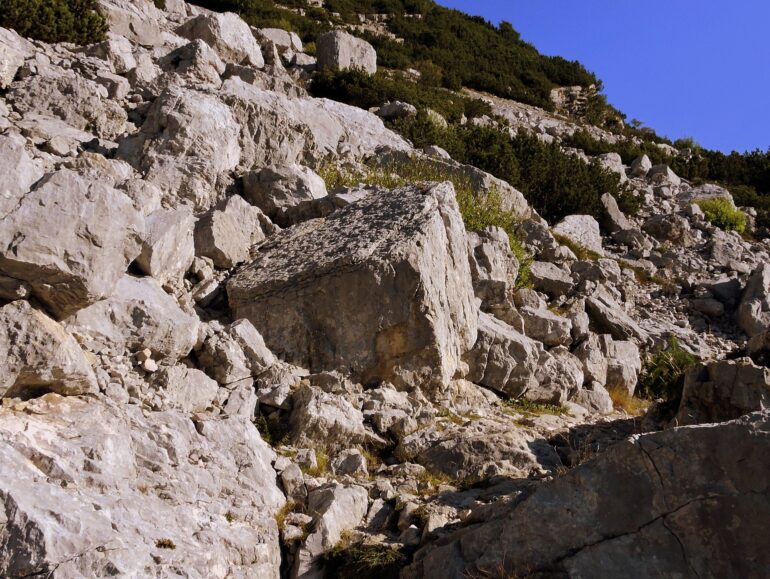TL;DR:
- Geologists believe artificial intelligence (AI) can greatly improve landslide prediction.
- Researchers have developed an advanced AI model that reveals the key variables contributing to landslides.
- The new model is as accurate as existing AI models but requires less computing power.
- It enables scientists to gain valuable insights and learn from their analyses.
- The AI was trained on Himalayan data, known for its susceptibility to landslides.
- The model may also be applicable to predicting other natural events like wildfires and earthquakes.
- It could significantly enhance landslide prediction in regions like California.
- The future role of AI as the primary tool for meteorologists and geologists remains uncertain but holds great promise.
Main AI News:
Landslides, with their devastating impact on homes, infrastructure, and lives, have long remained a formidable challenge to predict. Geologists, however, believe that the power of artificial intelligence (AI) can provide a solution, employing machine learning models to identify high-risk areas.
In a groundbreaking study published in Communications Earth & Environment, researchers have unveiled an enhanced approach to leveraging AI for landslide predictions. This method enables scientists to gain deeper insights into the key variables that drive an area from stable ground to a landslide-prone state.
Landslides can occur due to various factors, including intense rainfall, ground motion, and slope instability. While AI has already been integrated into landslide prediction models, geologists have struggled to pinpoint the most influential variables behind the machine-generated forecasts.
To enhance the accuracy of landslide prediction, the research team turned to a sophisticated form of AI that unravels the intricate interactions between a multitude of complex factors. By training the AI on data from the Himalayas, a region prone to landslides due to earthquakes, steep slopes, and extreme weather, they achieved comparable accuracy to existing AI models. However, their novel model boasts the advantage of requiring less computing power, allowing human operators to glean valuable insights from its analyses.
Seulgi Moon, co-author of the study and an associate professor of Earth, Planetary, and Space Sciences at UCLA, likened the process to autopsies conducted to determine the cause of death. Moon emphasized that uncovering the precise trigger for a landslide always necessitates field measurements and historical records of soil properties, hydrological patterns, and climate conditions, such as rainfall intensity and accumulation. Gathering such data, particularly in remote locations like the Himalayas, can be a formidable task.
The researchers assert that their pioneering model could also enhance predictions for other natural events, including wildfires and earthquakes. Furthermore, they foresee the technology revolutionizing landslide prediction in regions like California, where recent rainfall-induced landslides have led to luxury homes cascading into Los Angeles County canyons.
Conclusion:
The breakthrough study showcases the immense potential of AI in revolutionizing landslide prediction. The advanced AI model, which offers improved accuracy and efficiency, allows geologists to gain deeper insights into the variables that trigger landslides. This not only enhances prediction capabilities but also opens doors for predicting other natural events. The market for AI-driven landslide prediction technology is poised for growth as stakeholders increasingly recognize the value of leveraging AI to mitigate the devastating impact of landslides and improve disaster preparedness.

